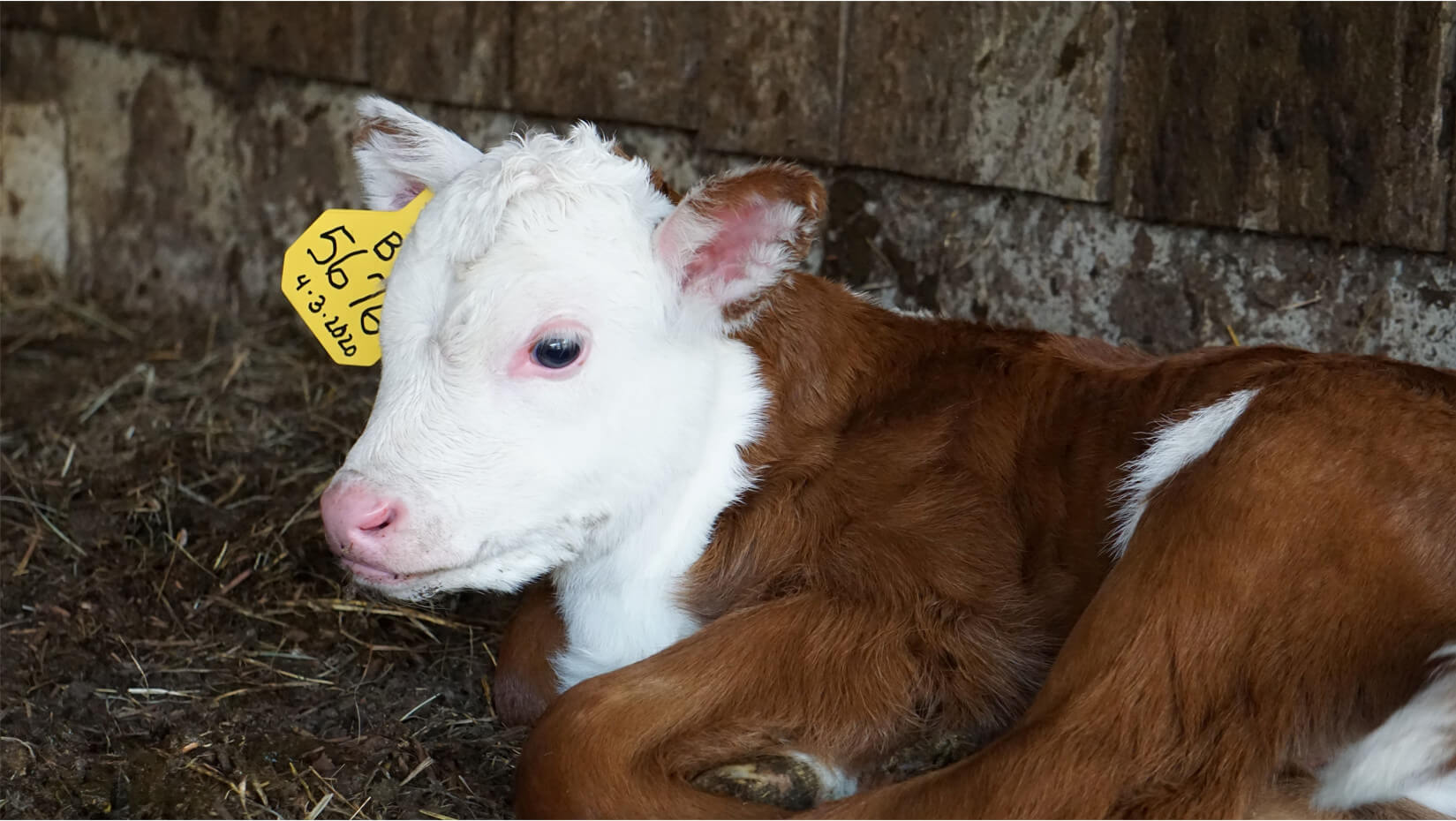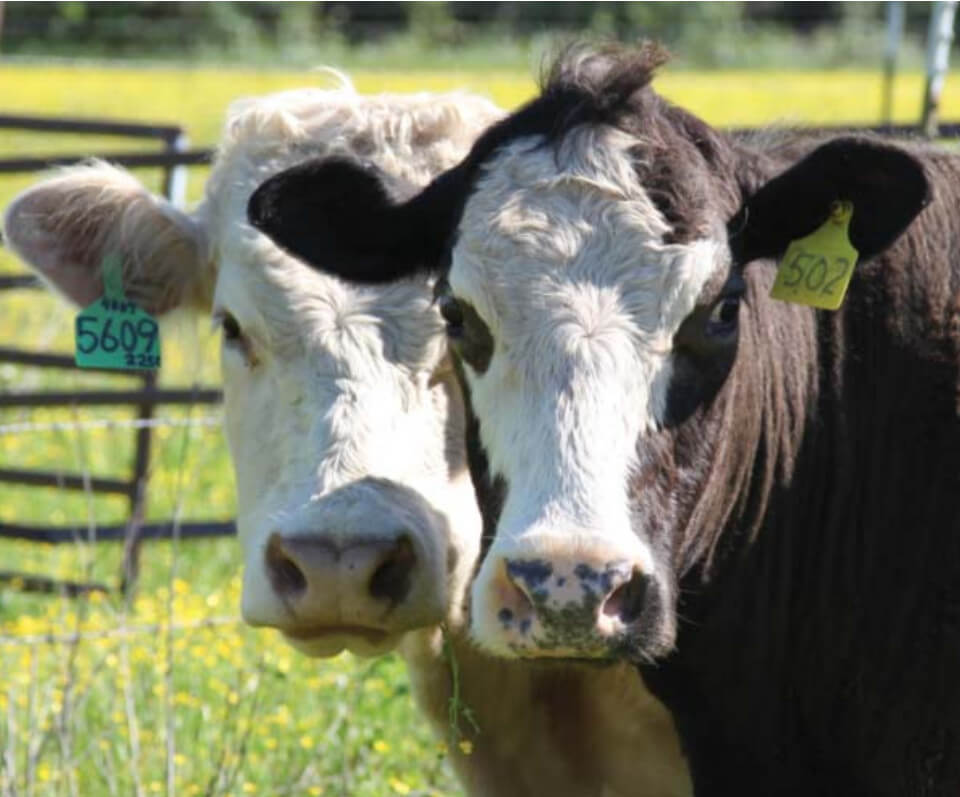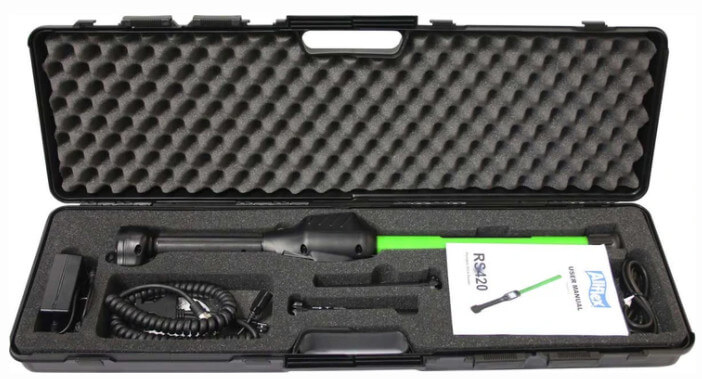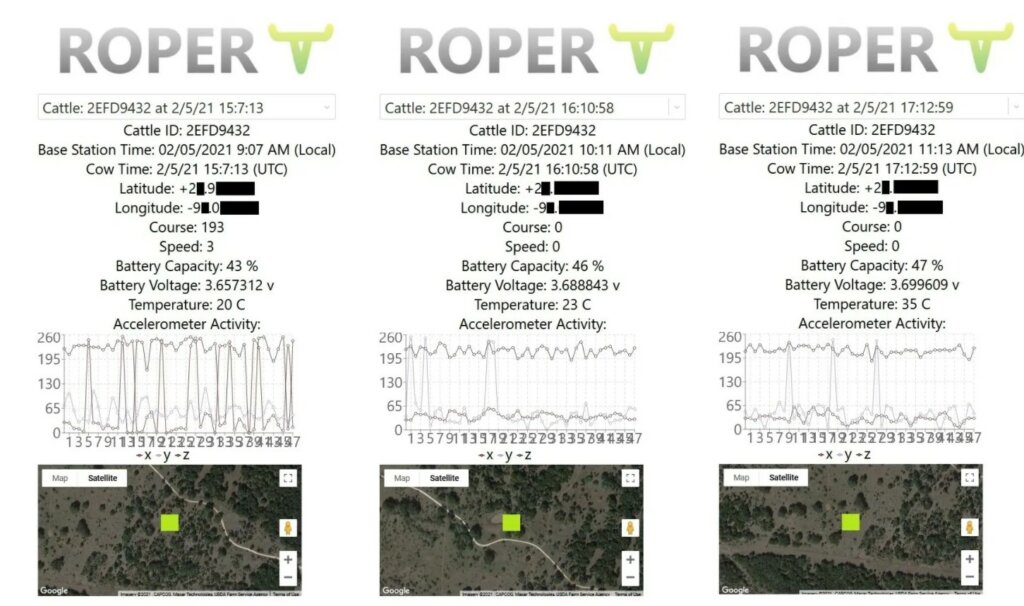


Cattle identification is an ever-present need and various methods have been used for hundreds of years. While many methods have fallen out of use over the years, several methods have been refined and developed into what we use today. One of these methods is ear tagging cattle. Since their beginning in 1799, ear tags have gotten more and more advanced. Let’s go over what ear tags are good for, and some new technology in the field.
Ear tags are a temporary to semi-permanent method of identification, and probably offers the greatest benefits to the producer. Inserting a tag in an animal’s ear, especially when it is young, is much easier than other forms of identification such as brisket tags or ear notching.

To the producer, a tag can give individual animal identification, ownership ID, and any other information that they would like to display, such as sire, dam, pasture, birth date, herd ID, or anything else that can be displayed succinctly on the tag front or back. This can help in the management of animals for breeding, feeding, and health status.
The tag isn’t only valuable to the producer, either! There is so much information that a tag can provide to whoever might encounter that animal. By having an informational tag, anyone can look at an animal and immediately know all about it.
EID (Electronic Identification) tags are a further step in adapting the ear tag to the digital age. They are not designed for visual identification, but rather for the storage of data that can be carried with that animal and accessed whenever needed with a wireless reading tool. Some EID tags connect to wireless management software, so you can manage your herd from a phone or computer anytime!


An even further stage of EID tags are GPS tags. These tags allow you to track and monitor cattle in real time. Basic GPS tags show you the location of your cattle, but more advanced ones can report sickness, monitor temperature, and keep a record of the animal’s health over time. Many of these programs are free, only requiring you to purchase the program’s compatible RFID tags.
Ear tags have been used for a long time, and no doubt will be a common practice for years to come. The simplicity of application combined with the amount of information stored in a simple tag is a winning combination.
Looking for cattle tags, or have questions on tagging practices? Reach out to us!